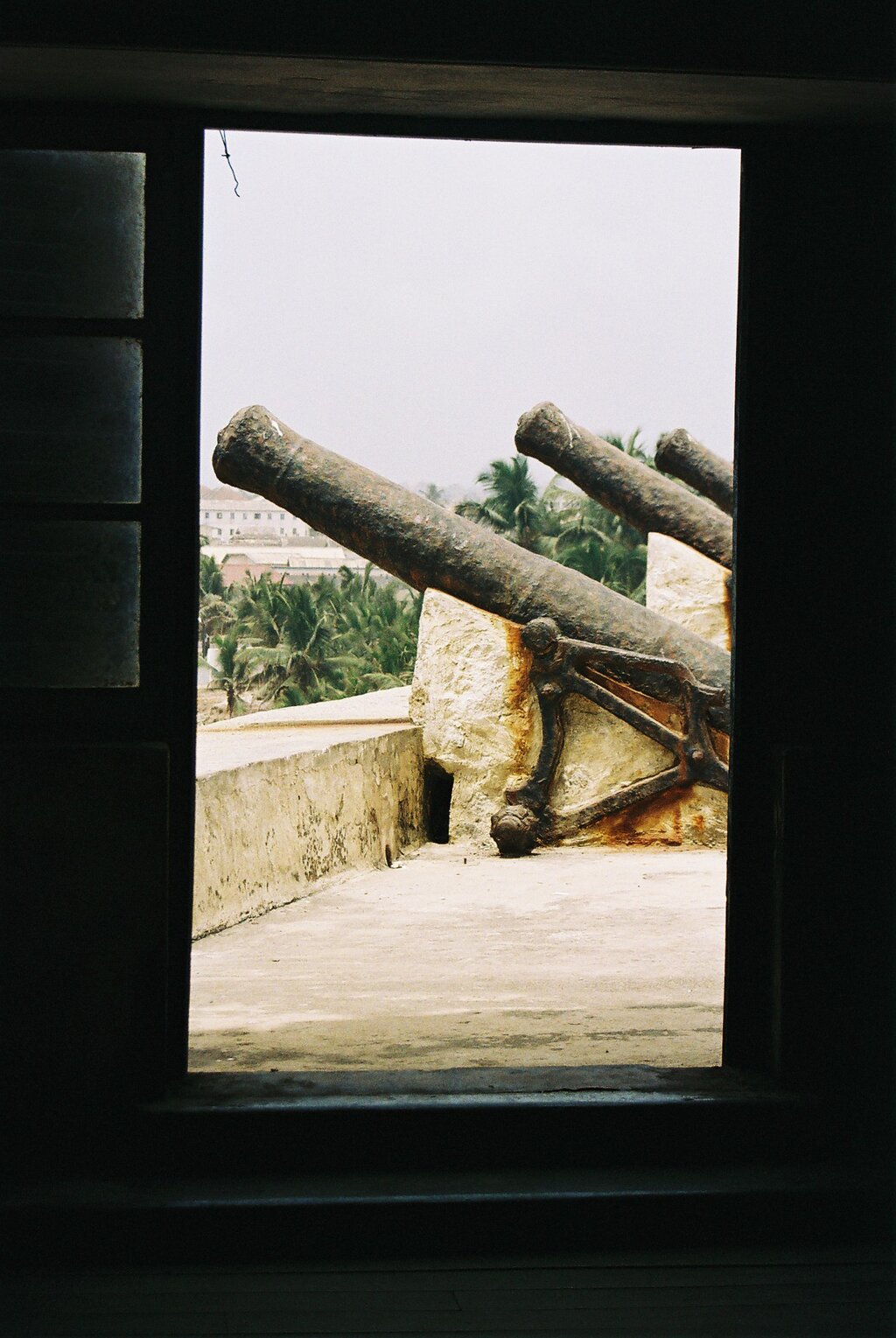
European Partners and Coastal Forts
Denkyira’s primary European trading partner was the Dutch West India Company, which operated from several forts along the coast. Key among these were:
Fort Amsterdam at Kormantin
Fort Batenstein at Butre
Fort Vredenburgh at Komenda
Fort St. Sebastian at Shama
These forts served as hubs for gold and slave exports. Denkyira supplied captives from its military campaigns and tributary states, trading them for firearms, textiles, and luxury goods. The Dutch favored Denkyira for its inland access and military strength, often bypassing coastal intermediaries when possible
The British, while present at Cape Coast Castle and Fort William, had less direct engagement with Denkyira during its peak. Their influence grew later, especially after Denkyira’s fall and the rise of Ashanti.
Role of the Fante Confederacy
The Fante tribes, located along the central coast, were both competitors and collaborators in the slave trade. They controlled key coastal towns like Cape Coast, Anomabo, and Elmina, and often acted as middlemen between inland states like Denkyira and European traders.
Denkyira’s relationship with the Fante was complex:
At times, Denkyira tried to bypass Fante intermediaries to trade directly with Europeans.
In other instances, Denkyira allied with Fante factions to suppress rival states or secure trade access.
The Fante Confederacy also resisted Denkyira’s inland dominance, leading to periodic skirmishes and shifting alliances.
Slave Trade Dynamics
Denkyira’s involvement in the slave trade was largely military-driven. Captives from wars with Twifo, Assin, and Adansi were sold to Europeans. The trade was not yet industrialized, but it laid the groundwork for the more systematic slave exports that would later define Ashanti and coastal economies.
While Denkyira’s gold trade remained its primary economic engine, the slave trade became increasingly important in the late 1600s, especially as European demand surged and competition intensified.
Decline and Legacy
Denkyira’s aggressive expansion and control of trade routes eventually provoked resistance from emerging powers — most notably the Ashanti Kingdom. In 1701, Denkyira was defeated at the Battle of Feyiase, and its king Ntim Gyakari was killed. Ashanti inherited Denkyira’s trade networks and expanded its role in the slave trade dramatically in the 18th century.
Denkyira’s legacy in the transatlantic slave trade is one of early participation, strategic diplomacy, and military exploitation. Though overshadowed by Ashanti in later centuries, Denkyira helped shape the foundations of European-African commerce and the tragic human toll that followed.
In Summary:
Who: Denkyira Empire (c. 1620–1701), dominant inland Akan state.
Traded With: Primarily the Dutch West India Company; limited engagement with the British.
Castles Involved: Fort Amsterdam (Kormantin), Fort Batenstein (Butre), Fort Vredenburgh (Komenda), Fort St. Sebastian (Shama).
Fante Role: Coastal intermediaries and rivals; controlled access to European forts and trade routes.
Legacy: Early participant in the transatlantic slave trade; used warfare and tribute to supply captives; laid groundwork for Ashanti dominance in later centuries.